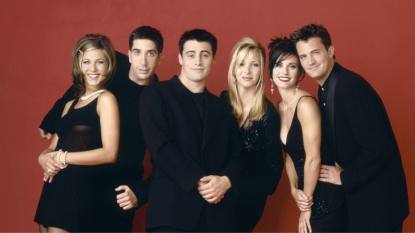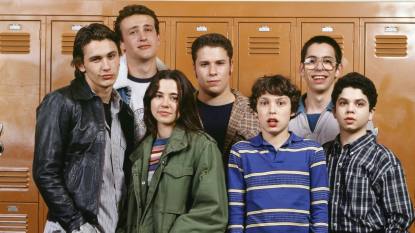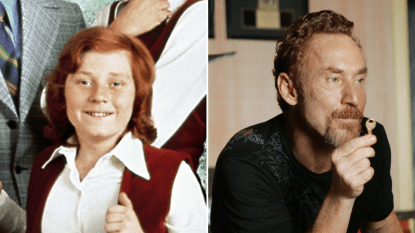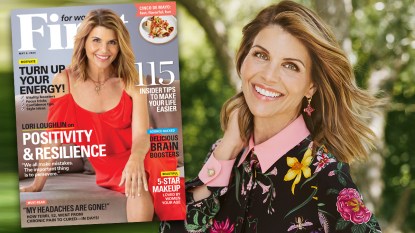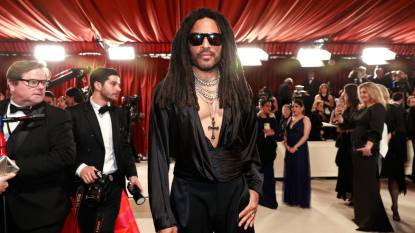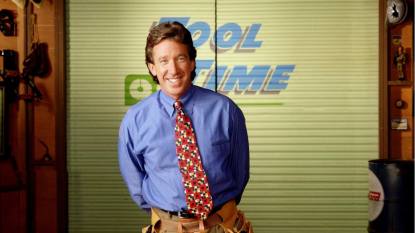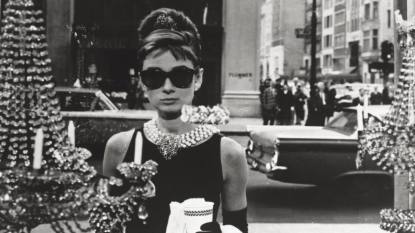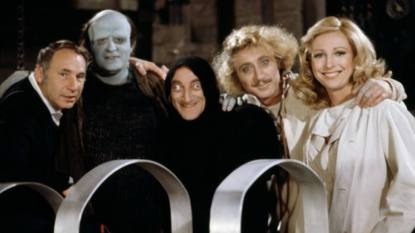Village People Members Then and Now: Meet the Macho Men of the 70s
These macho, macho men stormed the charts in the 70s and have had us all doing the “Y.M.C.A.” for decades!
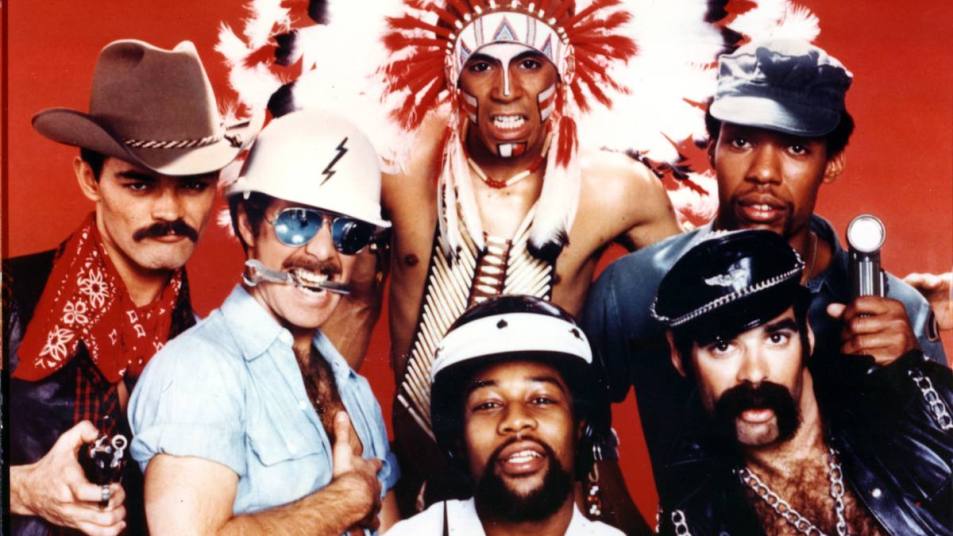
As their 1980 movie puts it, you Can’t Stop the Music of the Village People members. The guys won Favorite Disco Band at 1979’s American Music Awards, they’ve appeared on the cover of Rolling Stone magazine, and they have their own star on the Hollywood Walk of Fame.
They’ve also sold more than 100 million records worldwide since bursting onto the scene in 1977, and as recently as 2019 they released a hit-producing holiday album titled Magical Christmas. And in 2020, their megahit “Y.M.C.A” was inducted into the U.S. Library of Congress’ National Recording Registry, and then the Grammy Hall of Fame a year later.
MUST-READ: 70s Disco Songs: 30 Top Tunes, Ranked
“I had no idea when we wrote Y.M.C.A that it would become one of the most iconic songs in the world, and a fixture at almost every wedding, birthday party, bar mitzvah and sporting event,” Victor Willis, one of the original Village People members, said in relation to the Library of Congress honor. “I am glad that [our] music has made the world smile for over 40 years.”
The song was hailed by the National Recording Registry as “an American cultural phenomenon — people from all walks of life do the ‘Y.M.C.A.’ dance at weddings, bar mitzvahs or sporting events. It is as likely to be heard at a Midwestern prom as it is at New York City’s annual Gay Pride parade,” they noted, adding that it went to “No. 1 on the charts in over 15 countries, and its ongoing popularity is evidence that, despite the naysayers, disco has never truly died.”
MUST-READ: The Osmonds Members: See the Musical Family Then and Now
History of the Village People members
The birth of this musical act happened in New York City’s Greenwich Village, a neighborhood that lent itself to the group’s name. While working on a project for disco’s Ritchie Family, producers Jacques Morali and Henri Belolo came up with an idea after seeing all the colorful, diverse personalities that frequented the local bar scene.
“We said, ‘My God, look at those characters.’ So we started to fantasize about what were the characters of America. The mix, you know, of the American man,” Belolo told SPIN. The duo contacted Willis, a singer they knew, about doing vocals for four tracks they worked up. “I can’t pay you much right now but if you agree, I’ll make you a star,” Morali promised him.
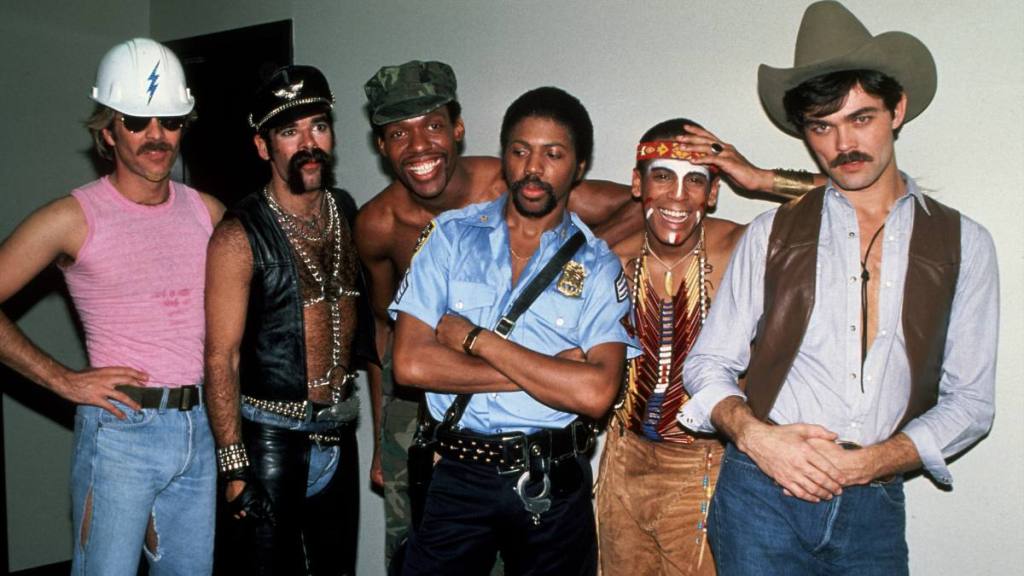
Those tracks — “San Francisco (You’ve Got Me),” “In Hollywood (Everybody Is a Star),” “Fire Island,” and “Village People” — were such a hit on the dance scene, offers for public appearances and TV gigs started flooding in, so a group was quickly assembled to appear on shows like American Bandstand.
Soon, though, Morali and Belolo placed an ad in the paper for permanent members, reading, “Macho Types Wanted for World-Famous Disco Group — Must Dance and Have a Mustache.”
MUST-READ: Young Mick Jagger: The Early Years of the Rolling Stones Legend in 10 Must-See Photos
That’s when Randy Jones, Glenn Hughes, and David Hodo joined Willis, Felipe Rose and Alex Briley to form the most well-known lineup of Village People members. Throughout their peak years from 1977 to 1980, they scored big with other hits such as “Macho Man,” “Go West,” and “In the Navy.”
Their foray into film (with Ray Simpson becoming one of the Village People members, replacing Willis) landed them on the silver screen alongside the likes of Valerie Perrine, Steve Guttenberg, Jack Weston, and Caitlyn Jenner (credited as Bruce), and though it didn’t win any Oscars, the campy flick became an instant cult classic.
These days, the group is still in demand at performances around the world, featuring a mostly new lineup: Its only original member is the Willis (cop/admiral), who returned to the group in 2017. He’s now joined by James Lee (GI), J. J. Lippold (leather man), James Kwong (construction worker), Nicholas Manelick (cowboy), and Isaac Lopez (Native American).
Let’s take a look at some of the pioneering Village People members through the years.
Victor Willis (Policeman / Naval Officer)
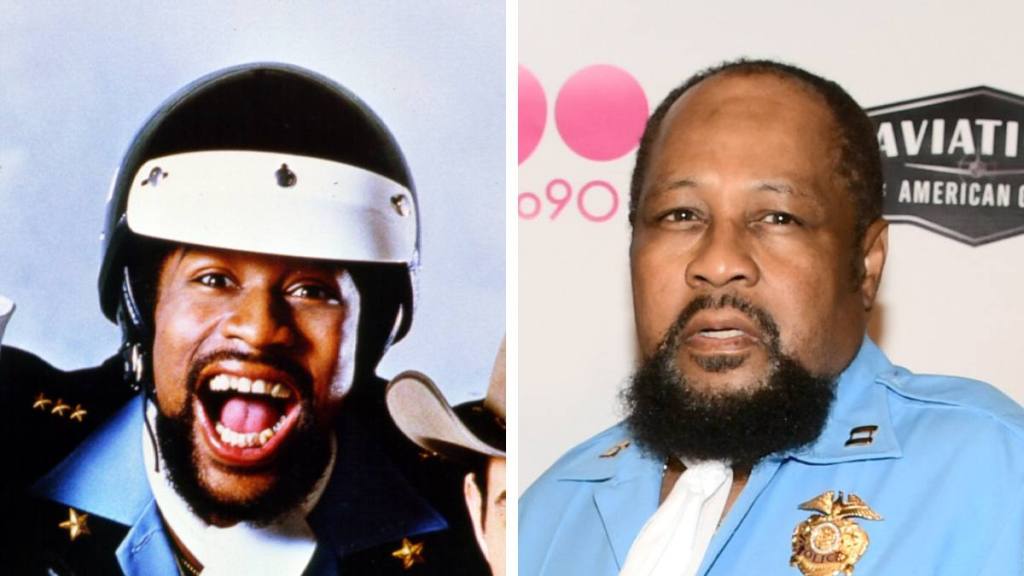
He was the first of the Village People members, providing the vocals and co-writing the lyrics for the first four singles worked on by producers Jacques Morali and Henri Belolo. Willis — who was married to The Cosby Show’s Phylicia Rashad from 1978 to 1982 — was the son of a Baptist preacher who grew up singing in church, which led to him performing on Broadway in The Wiz (where he met his future wife, then Phylicia Ayers-Allen).
The performer, who was a member of the famed Negro Ensemble Company, also appeared in such shows as The River Niger, Hair, Three Gentlemen of Verona, and The Great MacDaddy.
After working on songs for his then-wife’s 1978 album Josephine Superstar, Willis left his group in 1979 and recorded Solo Man, his own R&B/gospel/soul album, though it wasn’t released until 2015. He returned to the Village People in 2017, and, now at the age of 72, he’s the only original member in its current lineup.
He recently hosted Disco Life Radio, a show he did for Apple Music. A onetime patient at the Betty Ford Clinic due to his battles with substance abuse, he has also gone on to speak about the dangers of drug and alcohol dependencies.
Felipe Rose (Native American): Village People Members
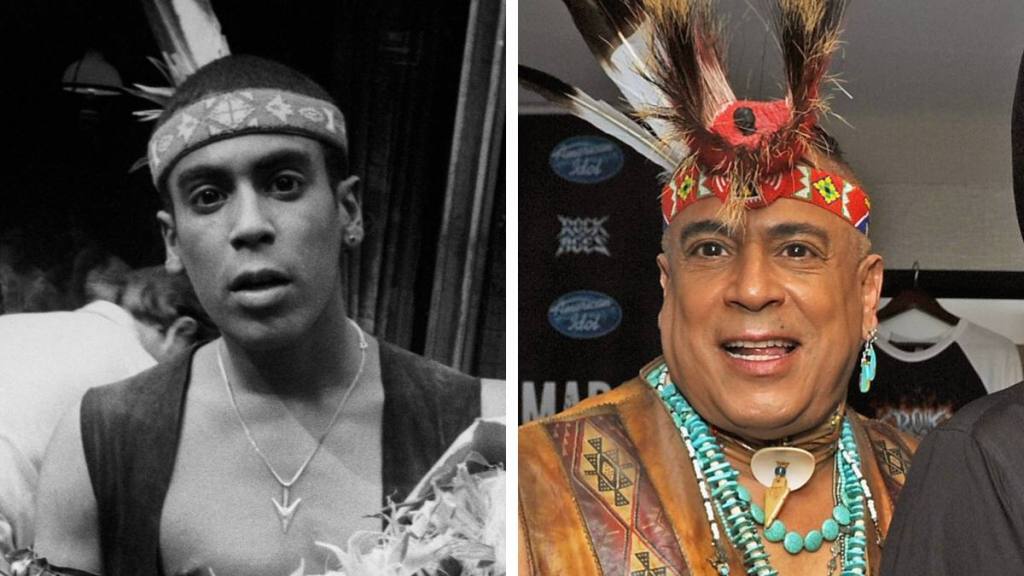
Born to a Lakota Sioux father, Felipe Rose was dancing and performing in nightclubs when he was brought on as one of the Village People members, becoming the group’s original Taino/Lakota Indigenous member.
“I was a dancer, poor from Brooklyn, with a dance school scholarship, working in clubs, making ends meet, not pretty much homeless, but almost,” he shared with Out in New Jersey, noting that he identifies as “two-spirit, a gay man, a shadow walker,” because of his biracial roots (his mother is Puerto Rican and Italian). “To represent the [gay] culture, through disco music, I think was a brave thing to do,” he says of his time in the group, adding, “We were the Swifties of our times, the Backstreet Boys… well, they say we were.”
When the group split in mid 80s, he became an activist for LGBTQ+ and social causes, and his activism is still a huge part of his life, as is his painting and art work. Rose, now 70, also recorded solo music, some of which won prizes at the Native American Music Awards.
Coming out of the pandemic, he realized “I miss being in the clubs, I miss dancing,” he’s shared, so he’s worked on more music, including 2022’s “Dance Again.” He also hosts a podcast called The Disco Chronicles, and enjoys cooking on his YouTube channel in his “No Feathers in the Kitchen” segments.
Randy Jones (Cowboy)
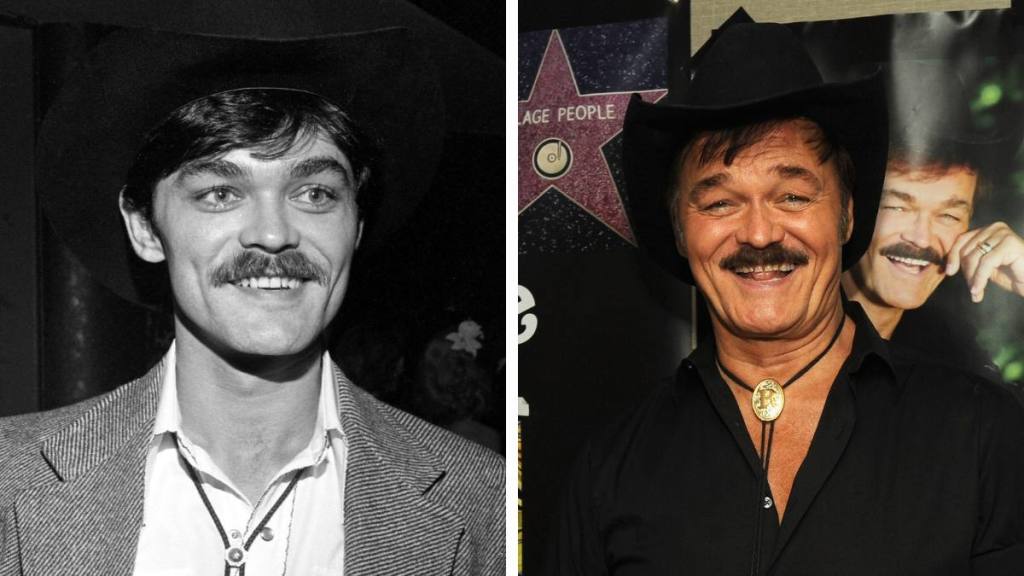
Raised on a North Carolina farm, Randy Jones, now 71, was a natural to become one of the Village People members as their cowboy. “Something just clicked with us. We had that spark,” he told SPIN of their early success. “Victor [Willis] was a terrific singer: He had the style of Teddy Pendergrass.… But we didn’t start as a gay group, and not everyone in the group was gay — that’s an incorrect notion. So much of our music was played in Black, Latin, and gay underground clubs; that’s’ where the first Village People album found its initial audience.”
He left in 1981, “when the group went in a different direction. But I kept getting royalties. Then I was the only one doing any kind of performing,” he’s shared, still proud of all they accomplished. “We made a mark in pop music but an even deeper impression in pop culture. People remember Donna Summer, Kiss, the Bee Gees, but they didn’t have the same impact on pop culture that the Village People did.”
In his post-group days, he’s co-authored 1996’s Out Sounds: The Gay and Lesbian Music Alternative with his husband Will Grega, and co-written 2008’s Macho Man: The Disco Era and Gay America’s Coming Out. He also released numerous solo efforts (including 2006’s Ticket to the World and 2016’s Mister Right), and his 2016 single “Hard Times,” he told HuffPost, made him the “first and only one of the Village People that has charted as a solo artist.”
“[But] I am an actor. I would say that before singing or anything, I am an actor,” he added, and he’s appeared Off-Broadway in 2014’s The Anthem as well as a handful of films (2014’s Tales of Poe, 2018’s The Rack Pack) and streaming series, such as Child of the ’70s.
David Hodo (Construction Worker): Village People Members
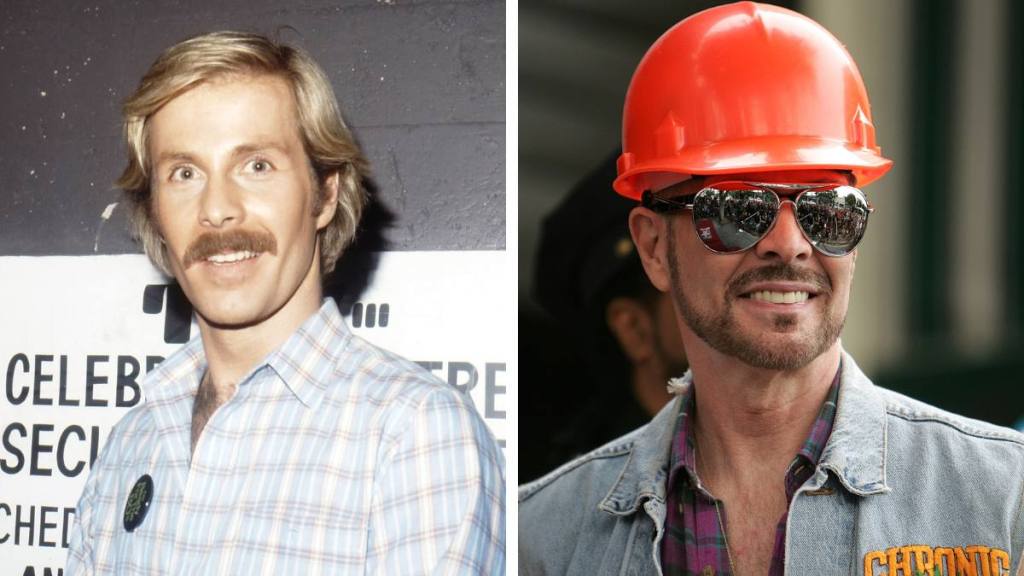
This California native actor-singer, who’s now 76, had landed a role in the touring company of Funny Girl in 1972, and his Broadway debut came as a dancer in 1975’s Doctor Jazz. In 1977, David Hodo was wrapping up a show in Connecticut called The Red Blue‐Grass Western Flyer Show, about an old man who dreams of singing at the Grand Ole Opry, when fate intervened and he saw an ad to become one of the Village People members.
“They wanted a cowboy, and I had just finished a western — perfect. But when they said they wanted me to be the construction worker, that was my dad’s dream come true. I’m handy, but I’ve never built anything of consequence,” he told SPIN.
When the group first split in mid 80s, he became a bartender for a while, and then rejoined the them in 1987 until his retirement in 2013. Along the way, he did various TV guest roles on shows such as Married…With Children and The Love Boat. He also dabbled in solo music projects: In 2002, he covered George Harrison’s “My Sweet Lord,” and in 2008 he released an EP that had a track on it that was partly inspired by school shootings in the U.S.
MUST-READ: 60 Years of Beatlemania: 10 Fab Beatles Moments From 1964
“I miss the camaraderie that we had as a group. We could always make the best out of a bad situation, but I don’t miss the punishing travel, and the ofttimes crappy hotel situations,” he told Pop Matters of his post Village People life, adding, “I do miss the audiences though. They have always entertained us as much as we entertained them.”
And, he adds of their accomplishments, “We took something that we were told had a shelf life of four years tops, because we were a ‘novelty act,’ and turned it into an international sensation.… I have always said, ‘When they tell you you’re a flash in the pan, make sure you’re the one that burns the kitchen down.’”
Glenn Hughes (Leather Man)
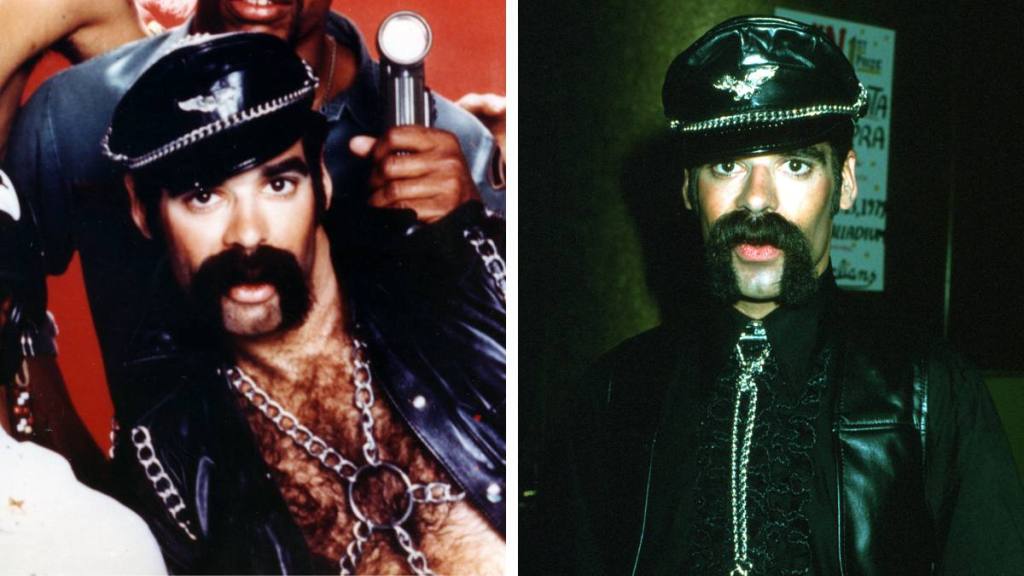
“I used to be the toll collector on the bridge out in Brooklyn for six years until I read about the auditions for this band,” Glenn Hughes told an interviewer in 1979 about how he came to be one of the Village People members. “The leather is just my act, even though I do wear it quite a lot, but that’s simply because I ride a motorbike,” he added. “This moustache took only five weeks to grow because I’m naturally very hairy. It’s good, too, because normally I have to shave three times a day. With this I can get away with it because it hides so much.”
And the facial hair worked for him: In 1979, he made it onto People magazine’s most beautiful list.
When group first split in mid 80s, he worked for some time in a camera store before rejoining them when they regrouped. He then went off on his own in 1996, performing in his solo Manhattan cabaret act. Sadly, Hughes — a heavy smoker since his teenage years — died from lung cancer in 2001 at the age of 50.
Alex Briley (G.I./Sailor): Village People Members
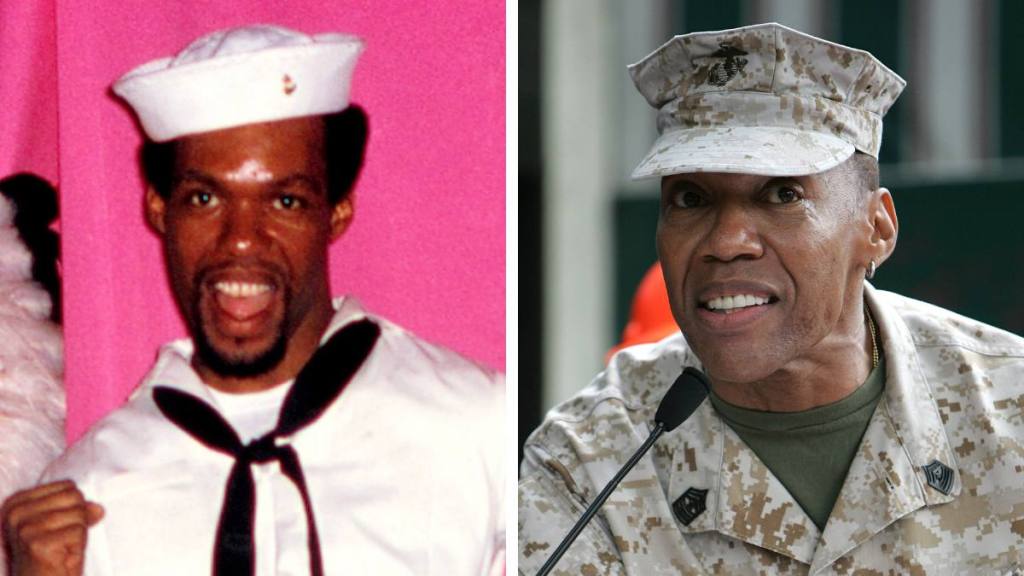
The Harlem, New York, native was part of the main original lineup of Village People members during the group’s heyday, touring with them all over the world. He grew up singing in church and he studied vocals at the University of Hartford. Brought into the group by Victor Willis, who’d worked with him on a musical, Briley kept a lower profile in the group than its other members. He initially even had a rather nondescript outfit, rather than a costume, before adopting his military persona, which later transitioned into a sailor’s suit for their “In the Navy” era.
When the group first split in the mid 80s, he worked in an office for a while (according to Randy Jones), but Briley returned to the group and toured with them through 2017. He was known to have done much of the vocal arrangements and harmonies that the guys used throughout the years.
Tragically, Briley lost a brother, Jonathan, in the attacks on Sept. 11, 2001. Jonathan worked on the 106th floor of one of the towers, and a story in Esquire speculates that he may have been “the falling man” seen in one of the most disturbing images captured on that day.
Ray Simpson (Cop)
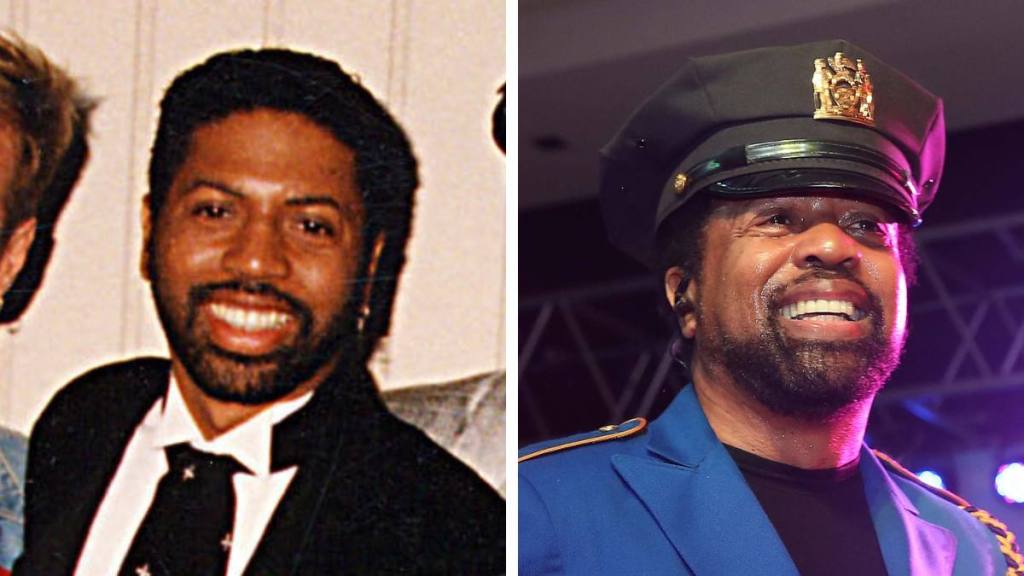
Replacing Victor Willis as the cop, Ray Simpson began his 30-plus year stint as one of the Village People members in 1979. The now 70-year-old Simpson — who’d originally been a backup singer with the musical outfit until Willis departed — didn’t fully leave the band himself until 2017.
Before his time with the group, Simpson — the brother of Valerie Simpson of Ashford & Simpson — not only toured with his sister’s act, but he also released a solo album titled Tiger Love in 1978. Then his long stretch with the Village People began.
“Disco is dance music, so as long as people are dancing, and that’s what they do in clubs, you’re going to get all different kinds of music. Disco is alive and well, trust me,” he shared in 2016 while promoting a gig. “I’ve seen 70- and 80-year-old women jump up and act like they’re 20 again. It’s a reason to enjoy doing what you do.”
Keep reading for more music!


